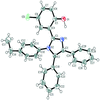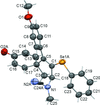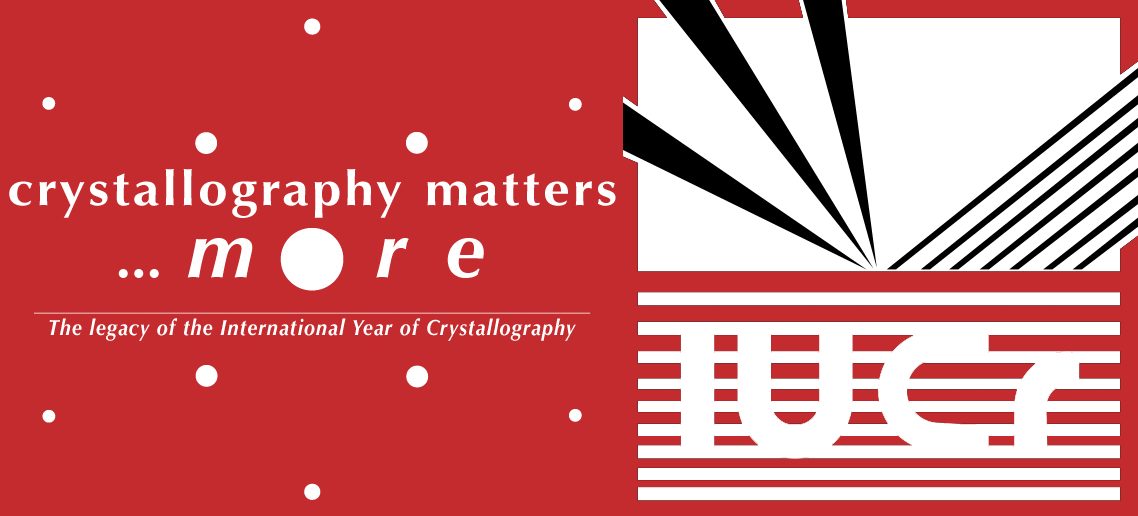issue contents
January 2020 issue

Cover illustration: Dichloridobis[2-(pyridin-2-yl-![[kappa]](/logos/entities/kappa_rmgif.gif) N)-1H-benzimidazole-
N)-1H-benzimidazole-![[kappa]](/logos/entities/kappa_rmgif.gif) N3]nickel(II) monohydrate was characterized as part of research into transition-metal-catalyzed transfer hydrogenation (TH) catalysts featuring first-row transition metals. Complexes of precious metals (Rh, Ir, and Ru) have been the preferred catalysts for TH owing to their high activity and commercial availability but growing concern surrounding the economic and environmental impact of using precious metals in chemistry has prompted a renewed interest in Earth-abundant metal catalysis. See: MacNeil, Ogweno, Ojwach & Hayes [IUCrData (2020). 5, x20040].
N3]nickel(II) monohydrate was characterized as part of research into transition-metal-catalyzed transfer hydrogenation (TH) catalysts featuring first-row transition metals. Complexes of precious metals (Rh, Ir, and Ru) have been the preferred catalysts for TH owing to their high activity and commercial availability but growing concern surrounding the economic and environmental impact of using precious metals in chemistry has prompted a renewed interest in Earth-abundant metal catalysis. See: MacNeil, Ogweno, Ojwach & Hayes [IUCrData (2020). 5, x20040].
inorganic compounds


 access
accessmetal-organic compounds


 access
access

 access
access

 access
accessorganic compounds


 access
access

 access
access

 access
access

 access
access

 access
access

 access
access

 access
access

 access
access

 journal menu
journal menu























![[publCIF]](/logos/authorchecklist11.gif)





